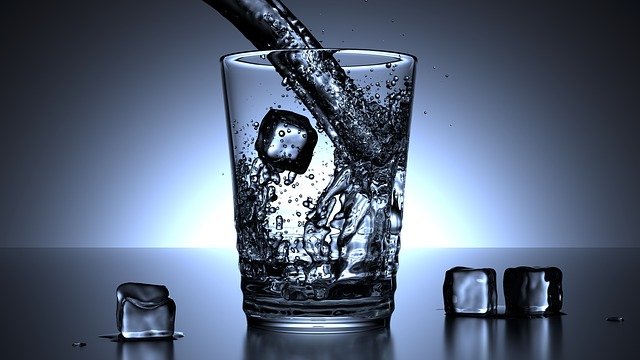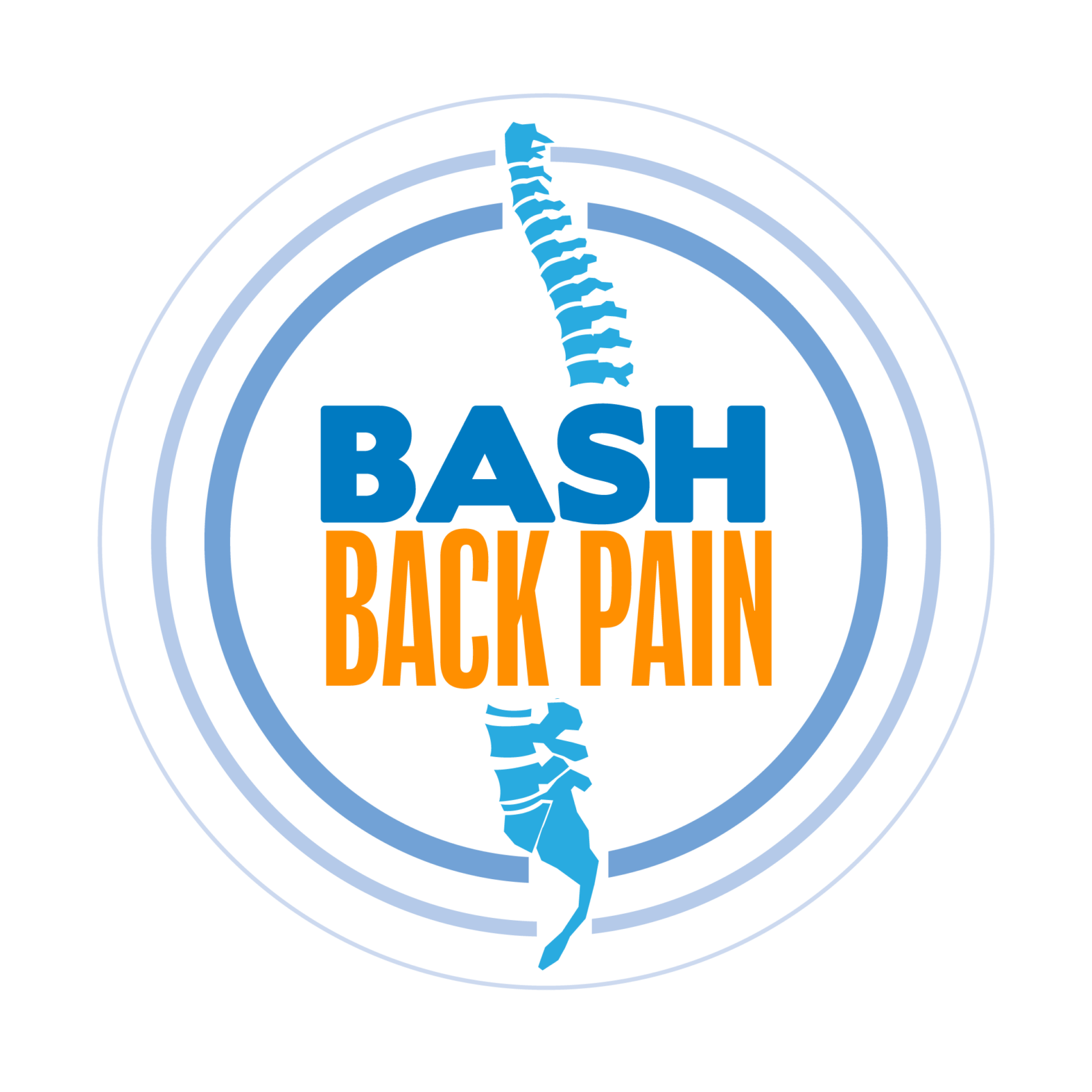Drinking water can help those with lower back pain
Humans have an unquenchable thirst for water. It’s the most important nutrient for us on the planet, and ideally, we should be drinking water every day. For many, it’s a challenge to keep up with this near-constant need for water.
Good old H2O
Dehydration is one of the most common preventable medical conditions in the world, and it has been reported that up to28% of older adults in the United States are chronically dehydrated.
The mechanics of water and lower back pain
The spinal discs contain up to 85 percent water. Most of this water is present in the soft center of the disc, or nucleus pulposus. The tough outer ring of the disc, the annulus fibrosis, also contains water, but in lower amounts. This high water content in the discs helps the spine function normally.
When you are sitting or standing, the spinal discs are compressed by the weight (also known as the load) that they are supporting. This causes some of the water to be squeezed out of the disc. Some research shows that the spinal discs in the lower spine (lumbar spine) lose about 20 percent of their water over the course of a day’s activities.
At night, when you lie down, most of the load on the discs is removed. When that happens, water flows slowly back into the disc. However, for this to happen, the body has to be adequately hydrated.

How does dehydration affect your spine and back?
It is important to rehydrate this critical structure, as doing so nourishes your discs, by enabling the flow of water in and out of the spinal discs.
Hydration is also important as it provides adequate cushioning for your spine.
A well-nourished and well supported spine supports reduced back pain and counteracts the development of serious spinal conditions.
Long term effects of dehydration on your back
1. Immobility Due To Dehydration
Dehydrated discs in your spine hamper mobility, and this will cause more than back pain if it ends up wearing the spinal discs down and hardening the inner nucleus pulposis. Vertebrae will be closer, hindering the body’s twisting and bending capabilities. Limited movement from this may require you to rest or receive surgery in the future.
2. Bulging Or Herniated Discs
Bulging and herniated discs are one of the most painful results of dehydration to the spine. Discs bulge when the outer annulus is damaged or weakened. The bulging of discs points pressure outwardly, which allows vertebrae to scrape against each other. A pronounced force on the discs can herniate them, as well, because dehydrated discs cannot sustain impact and have reduced elasticity. Because the discs, even the outer layer, need additional water to re-strengthen, the bulging can occur from lack of continuous hydration.
3. Spine Or Back Pain
Back pain can plague individuals who have a gradual wearing on their vertebrae from thinned discs or herniated discs releasing chemical substance on the nerve at the base of the back. Lower back pain happens because of indirect pressure on the nerve root after deterioration has started. Discomfort in the lower back can also stem from mechanical or chemical stimulation of the outer discs.
If you are experiencing back problems, your water intake could be the issue, and even if it is not the main issue, hydration can reduce the discomfort you are going through.
How much water do I need?
Researchers do not know exactly how much water we need on a daily basis as it really depends on a variety of factors, such as your health, how much you weigh, how active you are and where you live.
A person who just ran a marathon needs to drink a lot more water than a person sitting in an air-conditioned office staring at a computer screen all day.
The Institute of Medicine determined men should drink about 13 cups a day and women 9 cups.
Another way to figure out how much to drink every day is body weight. Drink one cup for every 20 pounds of body weight. For example, a 180 pound person who doesn’t exercise or live in a hot climate needs to drink about 9 cups of water.
Drinking soda, coffee or tea do not rehydrate, in fact they do the opposite because they are filled with artificial sweeteners and caffeine that will dehydrate you.
The best advice is always let your thirst be your guide. Listen to what your body is telling you. When you are thirsty, don’t ignore it. Drink enough water to quench it.
Tips for drinking more water
If you are not currently meeting your recommended daily intake of water, there are several small changes you can make to help you meet your goal. These include:
- Drink a glass of water every morning before you brush your teeth.
- Fill a reusable water bottle and keep it with you throughout the day. Consider purchasing a water bottle with a built-in infuser—which allows you to add fruits and veggies for flavor.
- Treat water like an appetizer; enjoy a glass before each and every meal.
- Download an app to your phone to help you keep track of your fluid intake goals (e.g. Daily Water & Waterlogged).
I hope all of the above advice will help you hydrate and go some way to reducing your lower back pain.
Please feel free to share this with others who may be suffering from lower back pain.
If you are interested in further reducing your lower back/sciatica pain then you should check out my lower back pain recovery course. I have compiled my 25 years of knowledge into a 21 day program which I have used successfully with hundreds of clients to reduce their chronic lower back pain and return to a life of normality.

